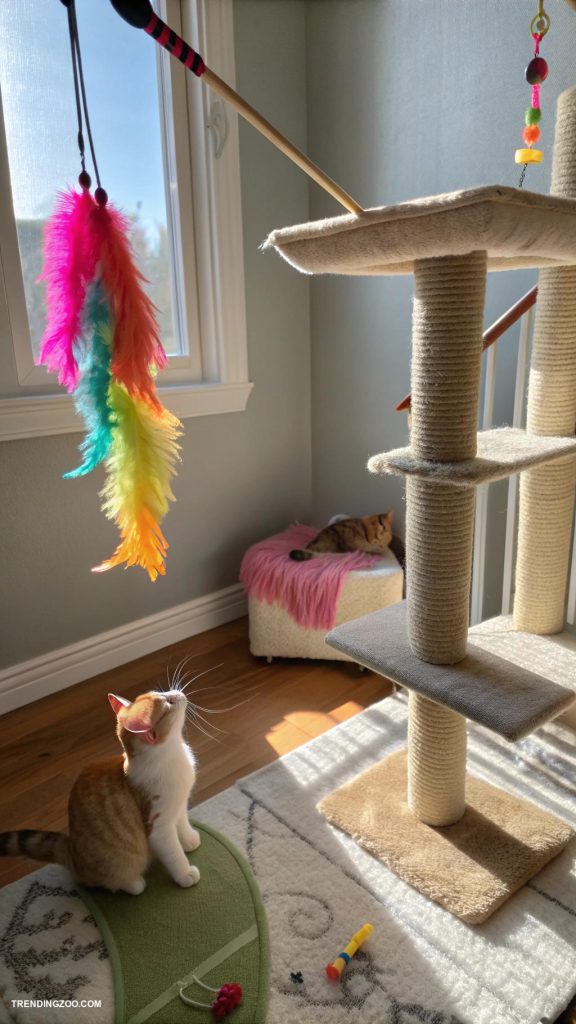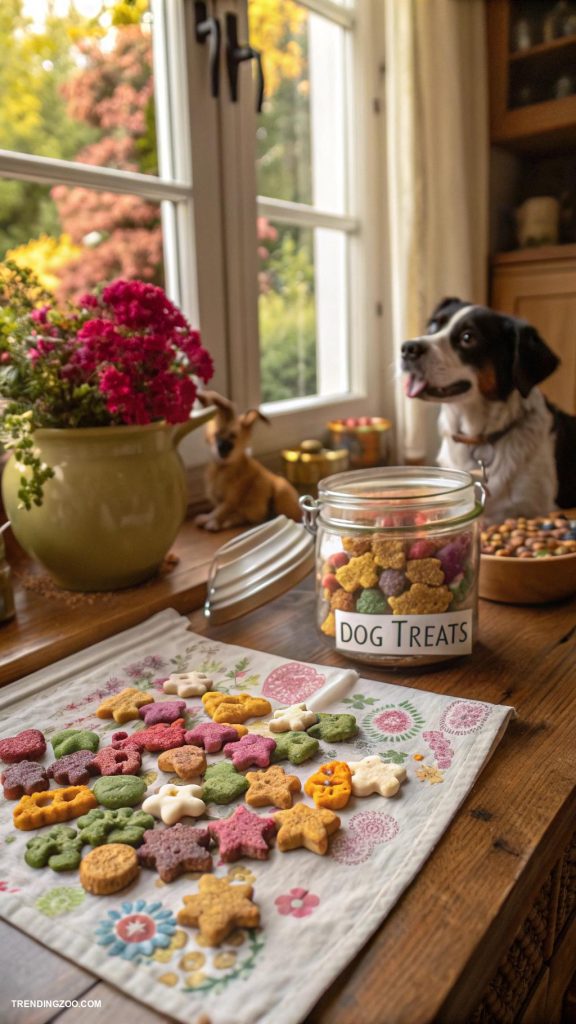The dachshund, with its short stature and long, sleek body, is a breed that has stolen the hearts of many dog owners and enthusiasts around the world. Originating in Germany, this playful and loyal companion has a rich history dating back to the 16th century, when it was bred to track and hunt badgers and other burrowing animals.
Today, the dachshund is a beloved family pet, known for its friendly and outgoing personality, its curious nature, and its adorable “wiener dog” appearance. Whether you’re a seasoned dog owner or a newcomer to the world of pet ownership, the dachshund is a breed that is sure to capture your attention and win your affection.
History of the Dachshund Breed
The Dachshund breed has a rich and fascinating history that dates back to the 16th century. Originating in Germany, the breed was developed to hunt badgers and other burrowing animals, earning them the nickname “Teckel” or “Badger Dog”. The name “Dachshund” literally translates to “badger dog” in German, reflecting their original purpose. The breed’s unique physique, with its short legs and long body, was specifically designed for navigating underground tunnels and dens, allowing them to pursue their quarry with ease.
The first recorded mention of the breed was in 1644, and by the 18th century, Dachshunds were a popular hunting companion among German nobility. Over time, the breed was refined and standardized, with three distinct coat types emerging: smooth, wire-haired, and long-haired. Despite their origins as a working dog, Dachshunds have become beloved family pets, cherished for their playful, loyal, and affectionate nature.
Today, the breed remains a popular companion animal around the world, with its rich history and charming personality making it a timeless favorite among dog lovers.
[amazon_auto_links search=’Dachshund’ count=’1′Physical Characteristics and Varieties
Physical Characteristics and Varieties of Dachshunds Dachshunds are a unique breed of dog known for their distinct physical characteristics and diverse varieties. One of the most recognizable features of the dachshund is its elongated body, typically measuring between 6 and 11 inches in height, with a length of 16 to 22 inches.
They have a sturdy build, with males weighing between 16 and 32 pounds and females weighing between 11 and 20 pounds. Dachshunds have a short, smooth coat that comes in a wide range of colors and patterns, including red, black, chocolate, cream, and tan, as well as various combinations of these colors.
They also have a distinctive head shape, with a flat forehead, a long, pointed muzzle, and prominent, erect ears. Their legs are short and muscular, with paws that are well-suited for digging. There are three main varieties of dachshunds, each with its own set of physical characteristics and temperament: the Longhaired, Smooth, and Wirehaired.
Longhaired dachshunds have a thick, soft coat that requires regular grooming, while Smooth dachshunds have a short, smooth coat that is easy to maintain.
Temperament and Personality Traits
Dachshunds are known for their unique and endearing personalities, which are shaped by their temperament. This breed is often described as loyal, playful, and curious, with a strong instinct to please their owners. They are generally good with children and other pets, especially if socialized from an early age. However, like any breed, individual personalities can vary, and some dachshunds may be more stubborn or independent than others.
The three main varieties of dachshunds – Long-haired, Smooth-haired, and Wire-haired – each have their own distinct characteristics, with Long-haired dachshunds often being more sensitive and emotional, Smooth-haired dachshunds being more outgoing and friendly, and Wire-haired dachshunds being more energetic and playful.
Despite these differences, dachshunds as a breed are known for their affectionate and loving nature, and they thrive on attention and interaction with their owners. With proper training and socialization, dachshunds can make wonderful companions for families.
Health Issues Commonly Found in Dachshunds
As a beloved breed, Dachshunds are prone to several health issues that responsible owners should be aware of. One of the most common health concerns affecting Dachshunds is obesity, which can lead to a range of problems including diabetes, joint issues, and heart disease. Their long, narrow bodies can also make them more susceptible to back problems, such as intervertebral disc disease, which can cause severe pain and even paralysis.
Dachshunds are prone to eye issues, including progressive retinal atrophy, which can lead to blindness. Patellar luxation, a condition where the kneecap slips out of place, is also common in Dachshunds, particularly those with a narrower body type.
Heart issues, such as pulmonic stenosis and dilated cardiomyopathy, can also affect Dachshunds, particularly as they age. Regular veterinary check-ups, a balanced diet, and plenty of exercise can help mitigate these health issues, but Dachshund owners need to be aware of these potential problems and take proactive steps to ensure their furry friend stays healthy and happy.
Grooming and Care for Dachshunds
As a beloved companion, your Dachshund requires regular grooming and care to maintain their overall health and well-being. Their unique body shape and short coats make them relatively low-maintenance, but they still need attention to stay clean and healthy. Begin with regular brushing, ideally once or twice a week, to remove dirt, debris, and loose hair.
Pay special attention to the areas around their eyes, ears, and tail, as these regions tend to accumulate dirt and wax. Daily nail trimming is also essential to prevent overgrowth, which can cause discomfort and health issues.
Clean their ears weekly by gently wiping them with a damp cloth and drying thoroughly to prevent infections. Baths should be given every 2-3 months, or as needed, using a mild dog shampoo and warm water. Be sure to dry them thoroughly after bathing to prevent skin irritation.
Trim their coat every 6-8 weeks to prevent matting and tangling. Finally, schedule annual veterinary check-ups to monitor their health and catch any potential issues early. By following these simple grooming and care tips, you’ll be able to keep your Dachshund happy, healthy, and looking their best.
Training and Socialization Tips
When it comes to training and socialization, dachshunds can be a bit particular, but with patience, consistency, and positive reinforcement, they can thrive. From an early age, it’s essential to establish a routine and set clear boundaries, as they can be prone to stubbornness and independence. Start with short training sessions, focusing on basic obedience commands like “sit,” “stay,” and “come,” and be sure to reward good behavior with treats and praise.
Socialization is also crucial, as dachshunds can be wary of strangers and new environments. Expose your pup to various sights, sounds, and experiences, such as visits to the park, pet stores, and friends’ homes, to help them become confident and calm in new situations.
Consider enrolling your dachshund in puppy classes or group training sessions to help them interact with other dogs and people. With gentle guidance and plenty of love, your dachshund will learn to be a well-behaved and well-adjusted companion.
Fun Facts About Dachshunds
Dachshunds are a breed of dog that has captured the hearts of many pet owners, and for good reason. With their playful, curious nature and adorable physical characteristics, it’s no wonder they’re a beloved companion for many families. But did you know that dachshunds have some fascinating quirks and traits that set them apart from other breeds?
For instance, their short legs and long bodies were originally bred to help them navigate underground tunnels and dens in search of badgers and other small game. In fact, the name “dachshund” literally translates to “badger dog” in German.
Dachshunds are known for their loyalty and affection towards their owners, often forming strong bonds with their families. They’re also surprisingly agile and can move quickly when needed, despite their short stature.
And, fun fact: dachshunds have a unique way of communicating with each other, using a variety of barks, whines, and even grunts to convey their thoughts and feelings. With their endearing personalities and fascinating characteristics, it’s no wonder dachshunds have become a popular breed among pet lovers.







